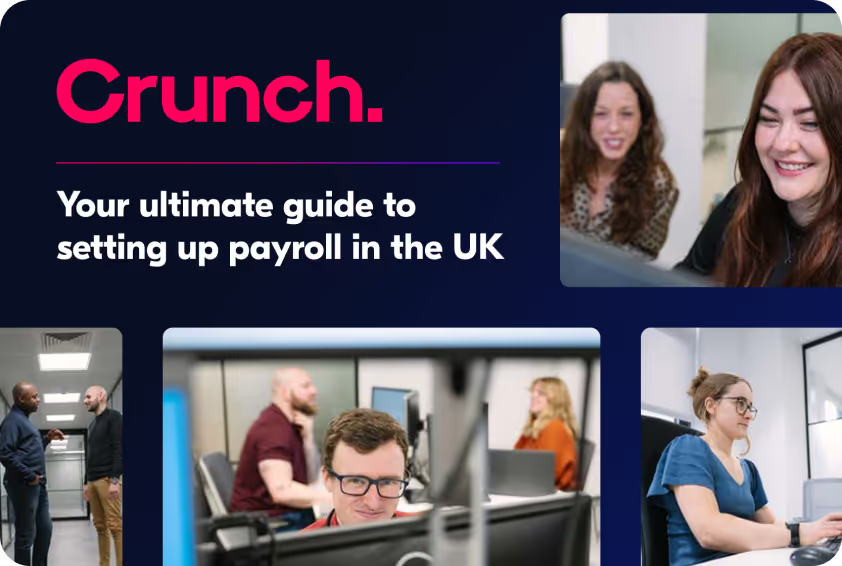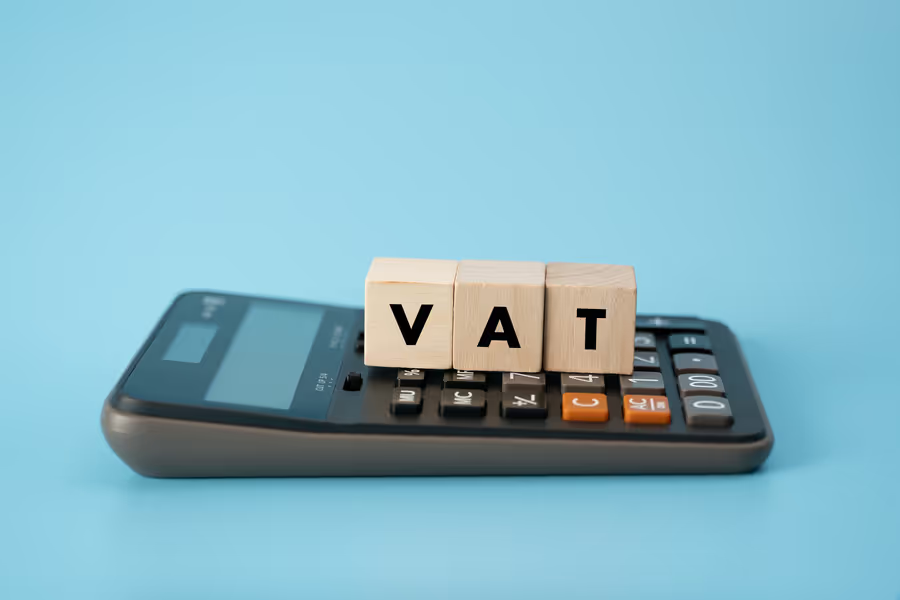Managing your VAT responsibilities as a business owner has changed a lot in recent years, especially with Making Tax Digital (MTD) - the government’s plan to shift all tax online - now fully in effect for all VAT-registered businesses.
Whether you’re new to VAT or it’s just been a while since you last logged in, now’s the time to get familiar with your HMRC VAT online account and make sure you’re using an MTD-compliant method to file your returns.
In this guide, we’ll explain what your HMRC VAT online account is, how to log in securely, how to check you’re MTD-ready, and how to fix common login or compliance issues.
Let’s dive in:
What is my HMRC VAT online account?
Your HMRC VAT online account is where you manage your VAT obligations with HMRC. If you’re VAT-registered, you’ll use this portal to:
- View your VAT registration details
- See when your next VAT return is due
- Check payments and liabilities
- Authorise accounting software to submit VAT returns via MTD
- Communicate directly with HMRC if needed
It’s important to note that you can’t file VAT returns directly through the HMRC website anymore if you’re subject to MTD. You’ll still need the online account to manage your settings, but returns must be submitted through compatible software.
{{ltd-guide}}
Step-by-step: how to log in to your HMRC VAT account
1. Go to the HMRC sign-in page
Start by heading to HMRC’s online services page. From there, click “Sign in.”
2. Enter your Government Gateway user ID and password
When you registered for VAT or signed up for online services, you should have received a Government Gateway ID and created a password. You can use those credentials to log in.
Tip: If you use multiple HMRC services (like Self Assessment, PAYE or Corporation Tax), you may have separate accounts. Make sure you’re logging in with the credentials linked to your business VAT account.
3. Enter your access code (if you have 2FA set up)
For added security, HMRC often uses two-factor authentication (2FA). You’ll either receive a code via text or be asked to use an authentication app to complete your login.
4. Access your VAT services
Once you’re logged in, head to your VAT section, where you can:
- View previous VAT returns
- See when your next return and payment are due
- Update your business or contact details
- Connect or disconnect accounting software
What if you’ve forgotten your login details?
If you forgot your password or anything else, it’s all good. HMRC’s recovery process is fairly straightforward. If you’ve forgotten your user ID, you’ll just need your registered email address. Go to the user ID recovery page and follow the prompts.
And if you’ve forgotten your password, Head to the password reset page and follow the instructions there. You’ll need to confirm your identity using details from your VAT certificate or another piece of registered information, so have these handy.
Making sure you’re MTD-ready
As of April 2022, all VAT-registered businesses (even those under the £85,000 threshold) must follow MTD rules. That means:
- Keeping digital records of your sales and purchases
- Using MTD-compliant software to submit VAT returns
This means that logging in to your online account won’t be enough. You also need to make sure you’ve signed up for MTD with HMRC. Here’s how to do that in your HMRC VAT account:
1. Confirm your MTD registration
Log into your VAT online account and look for a message that says: “You’re signed up to Making Tax Digital for VAT.”
If you don’t see this message, you can register here on HMRC’s website.
To get registered, you’ll just need:
- Your VAT number
- Your Government Gateway ID
- Your company’s registration details (like your UTR, postcode and so on)
2. Use MTD-compatible software
HMRC doesn’t accept spreadsheets or manual submissions any more. You’ll need accounting software that connects directly to HMRC and handles MTD submissions (like Crunch!).
Once connected, your software can submit VAT returns automatically, and you’ll rarely need to log into the HMRC portal at all, except for things like updating business details.
Common login issues (and how to fix them)
1. Getting your user ID or password incorrect when logging in:
Check for typos and make sure you’re using the right account. If needed, reset your credentials.
2. Not having access to VAT services:
You may be using a Government Gateway account that isn’t linked to VAT. Check your original registration email or try a different account.
3. Not being able to get through 2FA:
Try an alternative recovery option or get in touch with HMRC to reset your security preferences.
4. You haven’t signed up for Making Tax Digital:
Head to the MTD sign-up page we linked earlier and complete the process before your next return is due.
{{cta-newsletter}}
Make sure you get help when it’s needed
While logging into your HMRC VAT online account might be pretty simple, understanding and navigating HMRC’s online systems isn’t always as easy - especially when you throw HMRC’s new MTD rules into the mix. And while software makes submitting things like VAT returns simpler, it can’t help you put them together or spot errors like a real human can.
Here are just a few of the things that working with an online accountant - like one of our friendly team at Crunch - gives you:
- Peace of mind that your VAT returns are accurate and meet HMRC’s deadlines
- Real-time advice on expenses, rates and cash flow
- Automatic filing of VAT returns through MTD-compliant software
- Support if HMRC gets in touch with queries or audits
In short, you focus on growing your business - we’ll handle the numbers.
Final thoughts
If you’re VAT-registered, logging into your HMRC online account is still part of running a compliant business. But thanks to Making Tax Digital, the bulk of VAT admin now happens through software, which should make most processes that little bit easier for everyone involved.
But while you get used to this new way of doing things, our friendly experts at Crunch are just a click away if you need any support setting up your MTD connection or logging into HMRC - or for any and all of your tax needs afterwards.

.svg)



.webp)











.avif)



